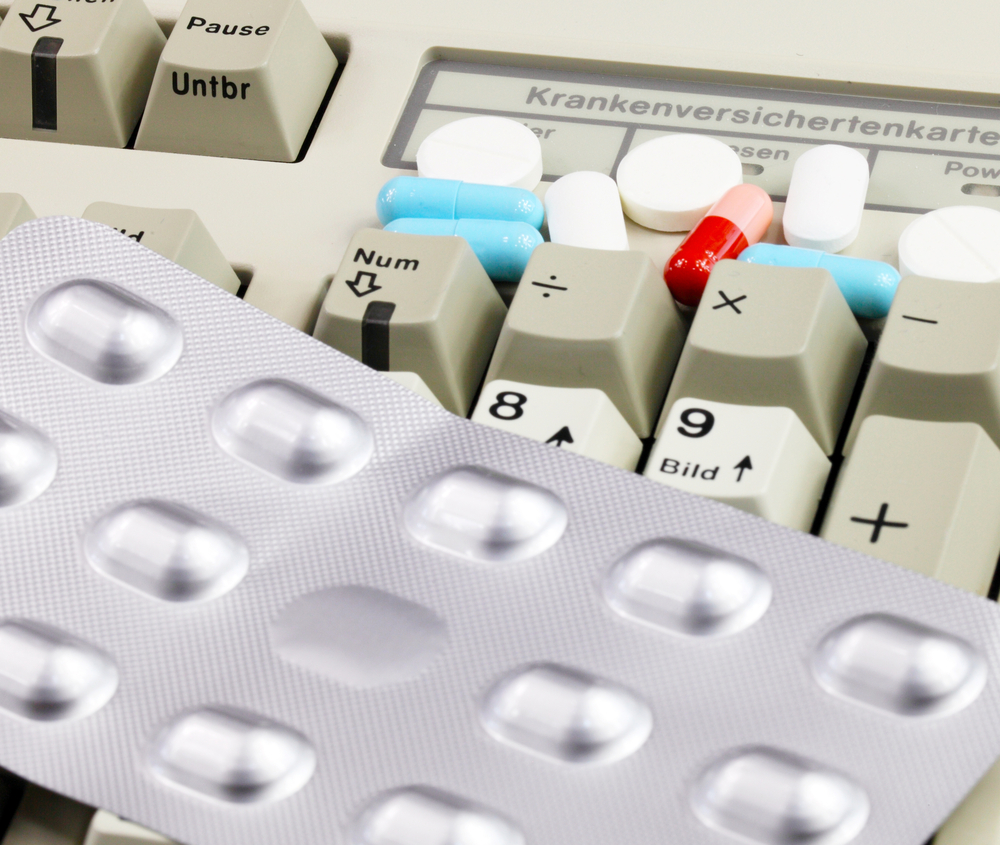Medication errors are always a challenging topic to address because it is no fun to make an error, and there is always the possibility of patient harm due to an error. Here’s a case example where the way an order is written can make things more difficult to understand. A 68 y/o nursing home resident was having some issues with pain and was prescribed Tylenol 500 mg 2 tablets twice daily. It may look pretty simple to interpret when it’s typed out here, but factor in handwriting concerns, and it’s easy to overlook the “2” in the order. Whenever I see orders with 2 tabs, 3 tabs, ½ tabs etc., there’s a little warning light bulb that goes off in my head, and it’s because of experience. I’ve seen so many errors happen due to pharmacists, nurses, and doctors missing the “2” in this scenario. That’s exactly what happened in this case. The order at the nursing home got transcribed as 500 mg twice daily. The patient outcome was insignificant as the patient’s pain was well managed on the lower dose. You could certainly imagine this potentially not turning out as well if this was a higher risk medication – (i.e. seizure medication, anticoagulant, high dose opioid etc.)
Thanks so much for reading this content – if you enjoy this, I’d like to give you access to a free webinar on polypharmacy! I created the webinar based on my real life experiences as a clinical pharmacist – please Click Here to check it out!



I made the same mistake two years ago. A 70+ y/o male was on warfarin 5 mg – take 2 tabs daily. I verified it at 2 tabs 2 times a day. INR was 9; fortunately he only suffered minor bruising without any internal bleeding.
Although I currently float within (and outside) my current district, I want to train all techs and associates to review directions with the patients to make sure THEY understand how to CORRECTLY take their medication. They’re our patients, and it’s our responsibility to make sure they’re safe and on the path to a better health.
What are some other practical ways you can help reduce med error risks?
My first step is to educate providers not to write the orders. It is the easiest way. Coumadin 10 mg daily looks a lot easier to interpret, although with handwriting issues, 10 mg could be confused with 1 mg 🙂 Keeping a focus and higher alert when high risk medications are prescribed is important (ex. Coumadin) – We should do more to train techs, caregivers, and patients to keep high alert when changes are made in these meds. Really appreciate you sharing that story – definitely not something that is fun to think about, but extremely valuable for others to learn from! – Thanks again for this comment
The biggest red flag to me there would be that warfarin is prescribed once daily. Knowing usual doses and frequency of high risk medications are important to avoid med errors. Encourage technicians to receive certification as well if not required in your state. Technicians should absolutely know the names of medications, usual doses, and what they are used for as well.
@Brian Catton, can I clarify–you verified it as 20mg of warfarin daily? I’m only three years registered so haven’t seen much but that would’ve been a red flag to me–the highest I’ve seen anyone on was 12mg and that was because they were on carbamazepine.
The dose 10mg bid is an unusual dose normally once a day at the same time such high dose well we can change to parenteral route monitor INR&adjust the dose accordingly by this way we can prevent the high risk of high risk med.
But isn’t taking half tablet is also wrong ?? The active ingredient couldn’t be in the centre of tablet only ??
Despite verifying weird dose of warfarin,
Prescriptions should not contain number of tablet, it is only about the name of medicine, concentration, dose frequency, and duration of therapy, this will minimise the risk of errors.
There are several reasons providers add number of tablets to the prescription, and another way to verify the dose is one of them ex: warfarin 5mg tablets: take 2 tabs (10mg) PO daily. Another reason is to clarify in the patient directions that they will take multiple tablets, or to signal that a specific strength is preferred to be prescribed over another.